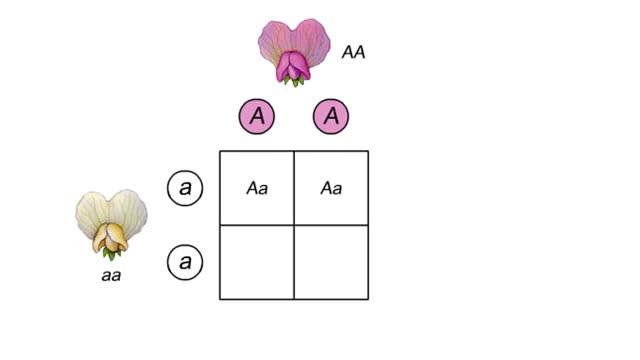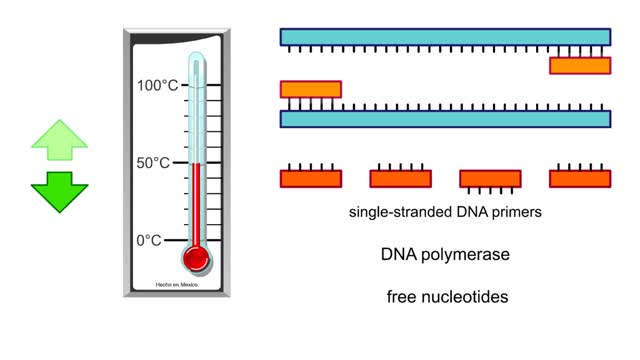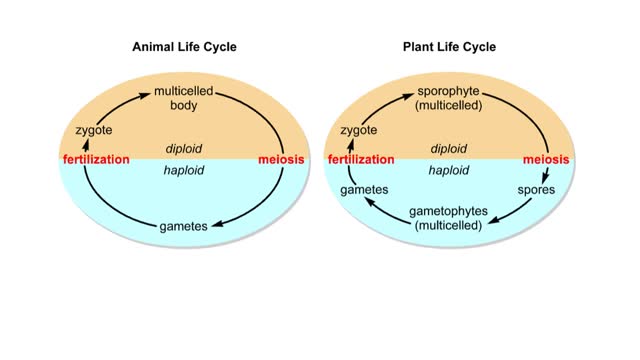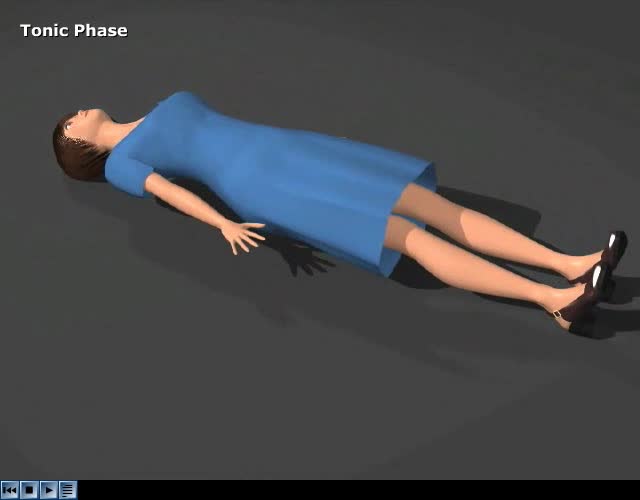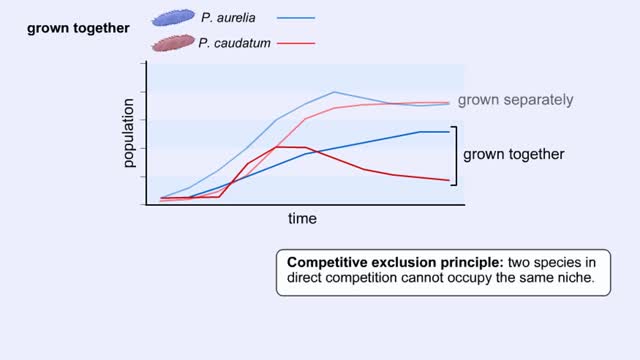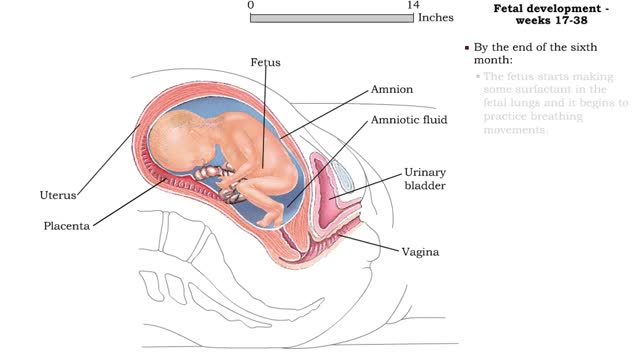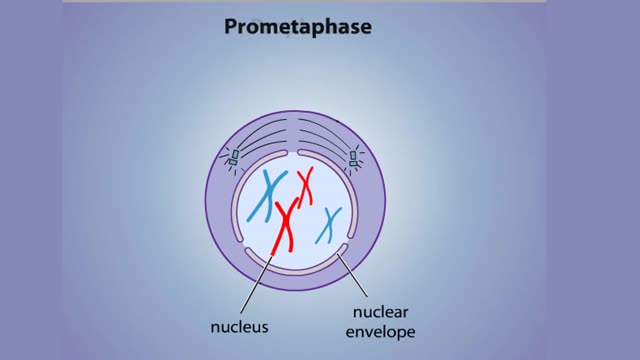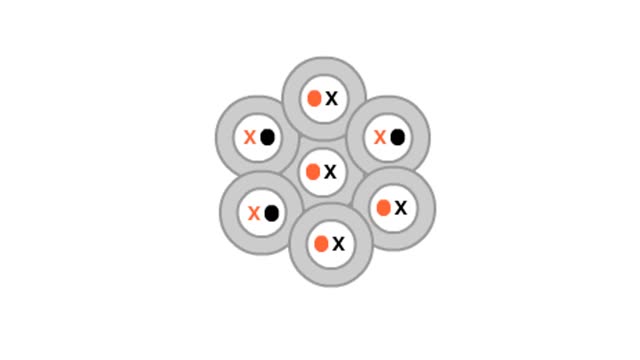Search Results
Results for: 'Single Strand of DNA'
By: HWC, Views: 8966
A monohybrid cross is a cross between two parents that breed true for different versions of a single trait. In this example, that trait is flower color. The allele that specifies purple flowers is dominant over the allele that specifies white flowers. The purple-flowered plant has two domin...
Polymerase chain reaction PCR - Animation
By: HWC, Views: 4990
Polymerase chain reaction (PCR) is a method that amplifies fragments of DNA. The purpose of PCR is to create copies of a specific region of DNA. To use this technique, researchers must know the base sequences at either end of the region of interest. They use this information to create...
Generalized life cycles for plants and animals Animation
By: HWC, Views: 5247
But the life cycles of plants and animals differ in their details. In animals, a multicelled diploid stage gives rise to single-celled haploid gametes, the eggs and sperm. These gametes combine at fertilization to form a diploid zygote, which grows and develops into a new multicelled animal...
By: Administrator, Views: 14114
Status epilepticus (SE) is a single epileptic seizure lasting more than five minutes or two or more seizures within a five-minute period without the person returning to normal between them. Previous definitions used a 30-minute time limit. The seizures can be of the tonic–clonic type, with a re...
By: HWC, Views: 9838
The slight positive charge of a hydrogen atom in a water molecule can attract an atom with a slight negative charge, such as the nitrogen in a molecule of ammonia. This forms a hydrogen bond between the two atoms. Hydrogen bonds join the two strands of a DNA molecule. Although hydrogen bo...
Interspecific Competition Relationship - Competitive & Niche Differentiation
By: HWC, Views: 10771
In an environment with limited resources, any organisms that utilize the same resources will be in competition with each other. For example, let's look at two competing species of paramecium, a single-celled organism that feeds on bacteria. If we raise each of these species in isolation, both...
Fetal development - Weeks 9 to 38
By: HWC, Views: 11244
Weeks 9-12 • Fetal development during the third month includes: • A large head, about 1/2 the length of the fetus. • Visible eyes and ears. • A detectable heartbeat. • Kidneys that form urine. • Gender identification. • Weak, undetectable body movements. • By the e...
Stages of Mitosis - Prophase, Prometaphase, Metaphase, Anaphase & Telophase
By: HWC, Views: 10847
In mitosis, the nucleus divides to produce two nuclei that are genetically identical to each other and to the parent nucleus. To prepare for division, the DNA replicates in the preceding interphase. Although the chromosomes are not yet compacted and visible as discrete bodies, we illustrate them ...
X chromosome inactivation in calico cats
By: HWC, Views: 8021
X chromosome inactivation causes a mosaic tissue effect in calico cats. what makes this female calico cat "calico." Like all mammals, this cat began her life as a single cell. That cell had two X chromosomes, one from each parent. One of the chromosomes carried a dominant allele for the ...
Advertisement



